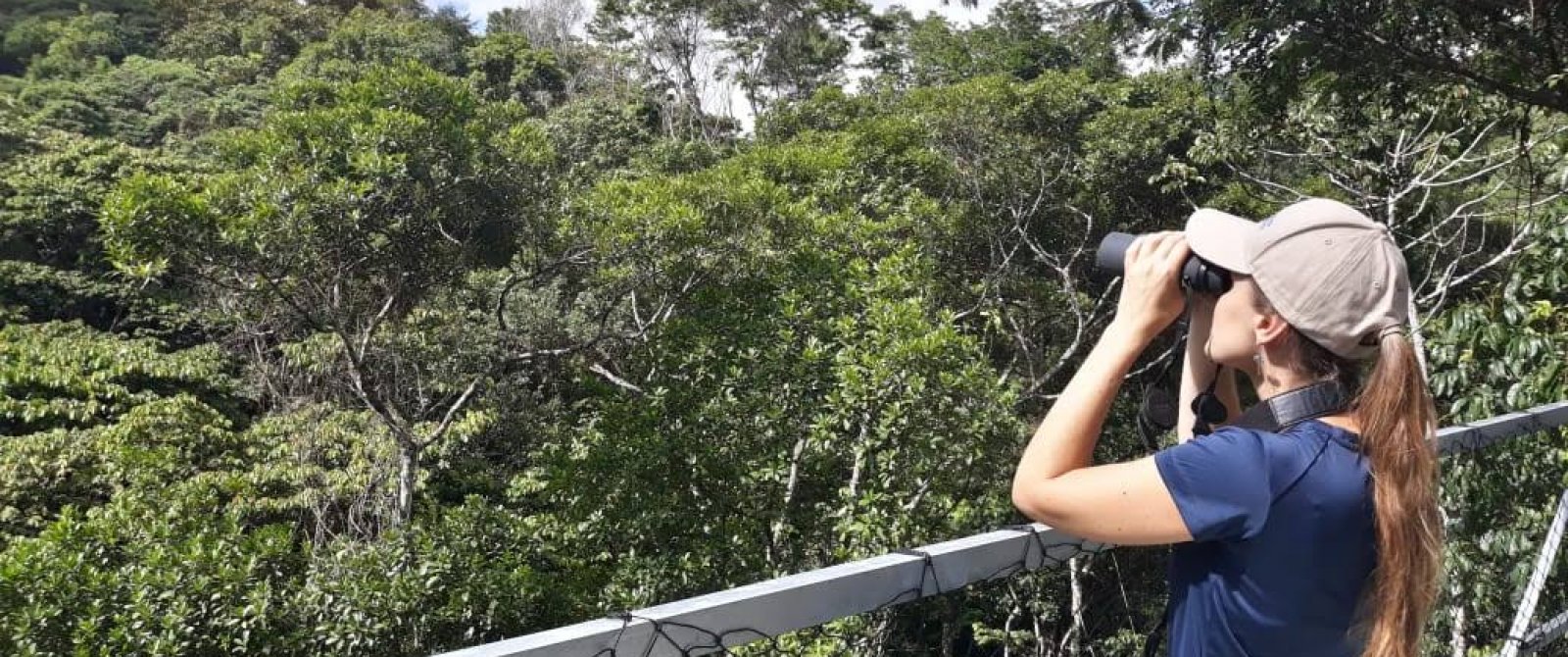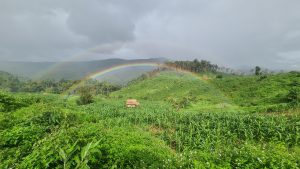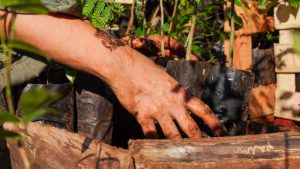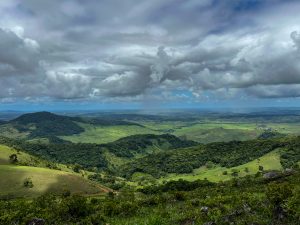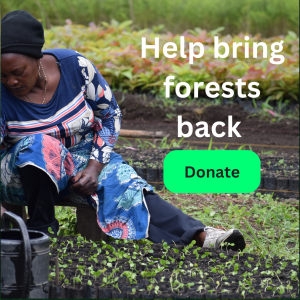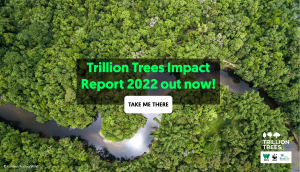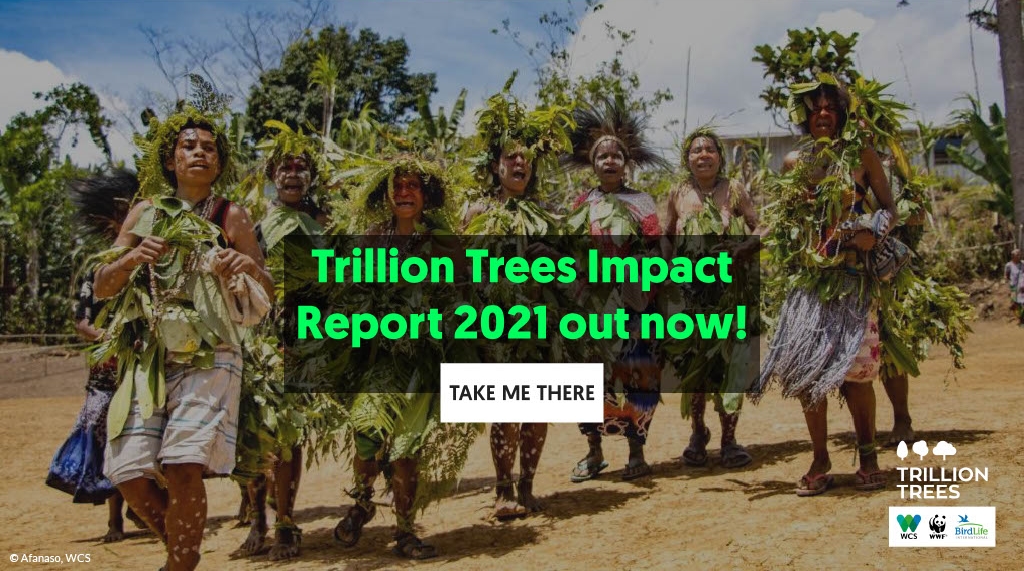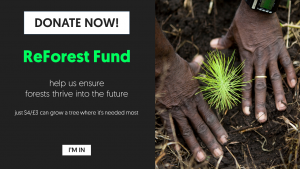By Alice Reisfeld
It is something I’ve seen often during my eight years with SAVE Brasil. Meeting schoolchildren to talk about the importance of the forest and the beauty of its birds, there comes a moment when the hands fly up and they shout: “My dad hunts!” “My grandpa sets fire to the trees to clear land for pasture!” “My uncle captures birds to sell in a cage!”
It happened again in Serra do Urubu, and it crystallises the challenges we face to protect and extend this exceptionally rich habitat for wildlife.
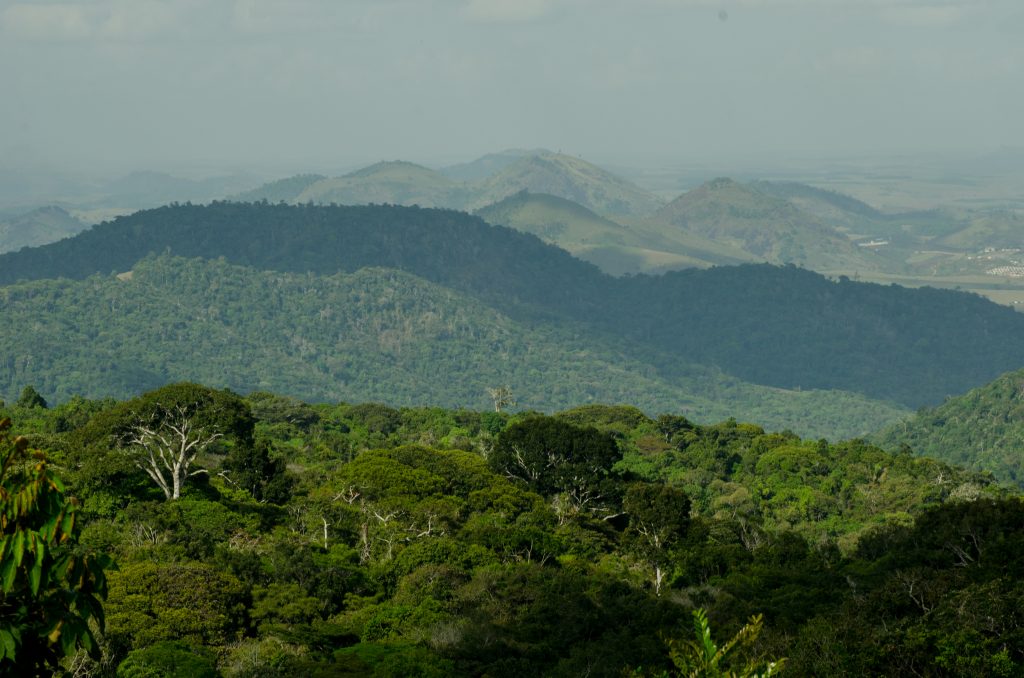
I know very well the value of enthusing the next generation about conservation: my own passion for nature began aged five or six, when our family’s apartment in suburban Rio de Janeiro was set beside the Parque National de Tijuca. We’d watch capuchin monkeys from our balcony, and southern anteaters and crab-eating foxes sometimes wandered into our playground. Today I manage six of SAVE Brasil’s bird initiatives nationwide, including our Trillion Trees-backed project in the north east of the country, which seeks to restore some of the most threatened tropical forest on Earth.
If you’re looking for the cutting-edge of the global extinction crisis, this is surely it. Two bird species have gone extinct within the last decade or so, the cryptic treehunter and the Alagoas foliage-gleaner, while another 18 are hovering on the brink. Special ones include a mysterious little grey bird called the Alagoas antwren, now thought to number no more than 30 individuals, and the seven-coloured tanager, a stunningly lovely bird that’s highly prized by the illegal trade. I’d love to see that one in the flesh.
We are focusing our work here on the 100km-long Serra do Urubu-Murici corridor, where just 2 per cent of the original Atlantic Forest ecosystem survives. Small islands of unspoiled habitat cling on amid a pale green ocean of post-colonial sugar cane estates and small-scale family farms, and local people grub out a meagre living from banana-growing, charcoal-making and perhaps a few cattle. All of this menaces the scraps of forest that remain, isolating their precious animal populations – but we think the region presents a big opportunity for recovery too, because communities are poor and farming is unsustainable. We’ve identified 270 square kilometres of forest ripe for restoration, and with the right stimulus, we can revive the fortunes of people and wildlife at the same time.
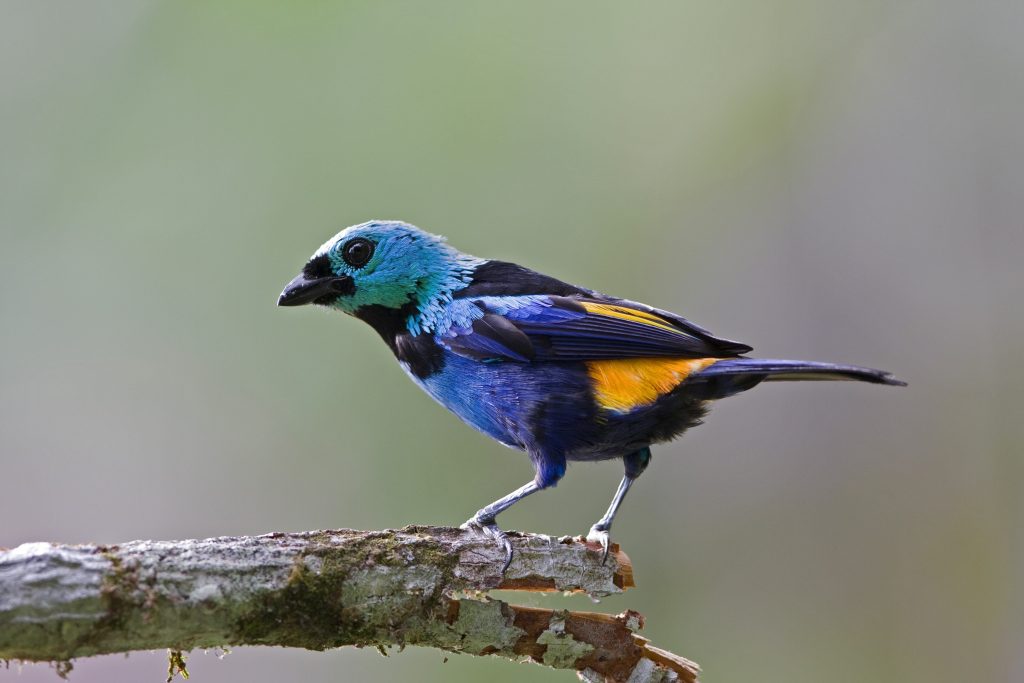
SAVE Brasil’s first enterprise in the corridor proves the point: in 2004 we bought the 360-hectare Pedra D’Antas reserve, in Lagoa dos Gatos, saving its pristine Atlantic Forest from illegal logging and adding trees to 30 hectares or so that were especially degraded. The result is a boom in birdlife: from just three species back then, to more than 70 species today. I find my own visits there immensely rewarding – our feeders flock with hummingbirds, and we’ve also recorded 35 different mammals, 23 amphibians, 66 kinds of orchid. My favourite encounters have been with a particular dwarf porcupine, which seems to show up just for me: quite rare, and just too adorable!
Our reserve caretaker Zezito remembers when Pedra D’Anta was a farm and can testify to the transformation in its fortunes. We’ve hosted more than 5,000 visitors over the years, from school groups to international bird-watchers keen to see our rarities – there is wonderful potential to grow ecotourism across the wider landscape.
The immediate priority though, is to roll out a new model of bird-friendly agroforestry with smallholders here, which supports them to farm more sustainably, access new markets and plant native trees wherever they can. We have three pilot plots underway, and our Covid-safe online workshops have attracted dozens more families keen to find out how partnering with us to create ‘food forests’ can improve their livelihoods.
The model essentially involves offering training and equipment so they can diversify production and boost their yields – perhaps introducing mango, guava and profitable timber species like mahogany. Meanwhile, Brazilian law requires landowners to protect or restore at least 20 per cent of their ground as native forest habitat, which is where that 270 square kilometre deficit comes in.
Our initial goal is to get 70 hectares regrowing by 2023, as a blueprint for restoring the rest, and already we’ve got USD 1 million committed to the cause by partners including Birdlife International, WWF and the Jensen Charity Foundation. Next we plan to talk to the banks here about establishing specific lines of credit focused on ecological agriculture and forest restoration, which would make the programme sustainable in the long-term, allowing us to scale up what we’re doing.
Our team can’t wait to welcome back those school parties when our reserve reopens post-pandemic. It’s inspiring to witness the wonder of people who’ve grown up just 30 or so kilometres from one of the planet’s most wildlife-rich places but have never experienced the sounds and colours of its amazing biodiversity. Once we can persuade those young minds of the value of living harmoniously with nature, the sky is the limit.
This article was originally published in Landscape News as part of a narrative series from global conservationists working as part of Trillion Trees.

